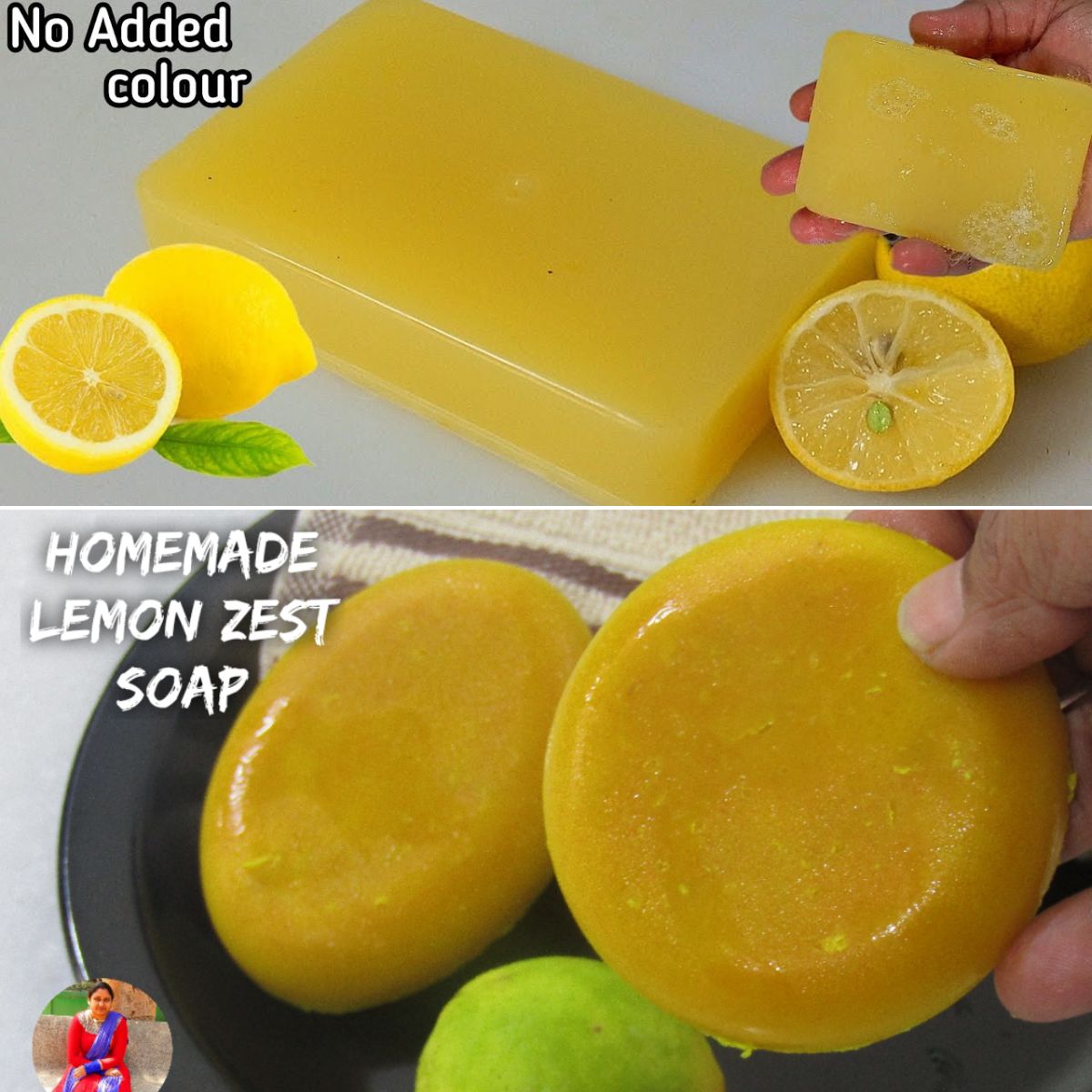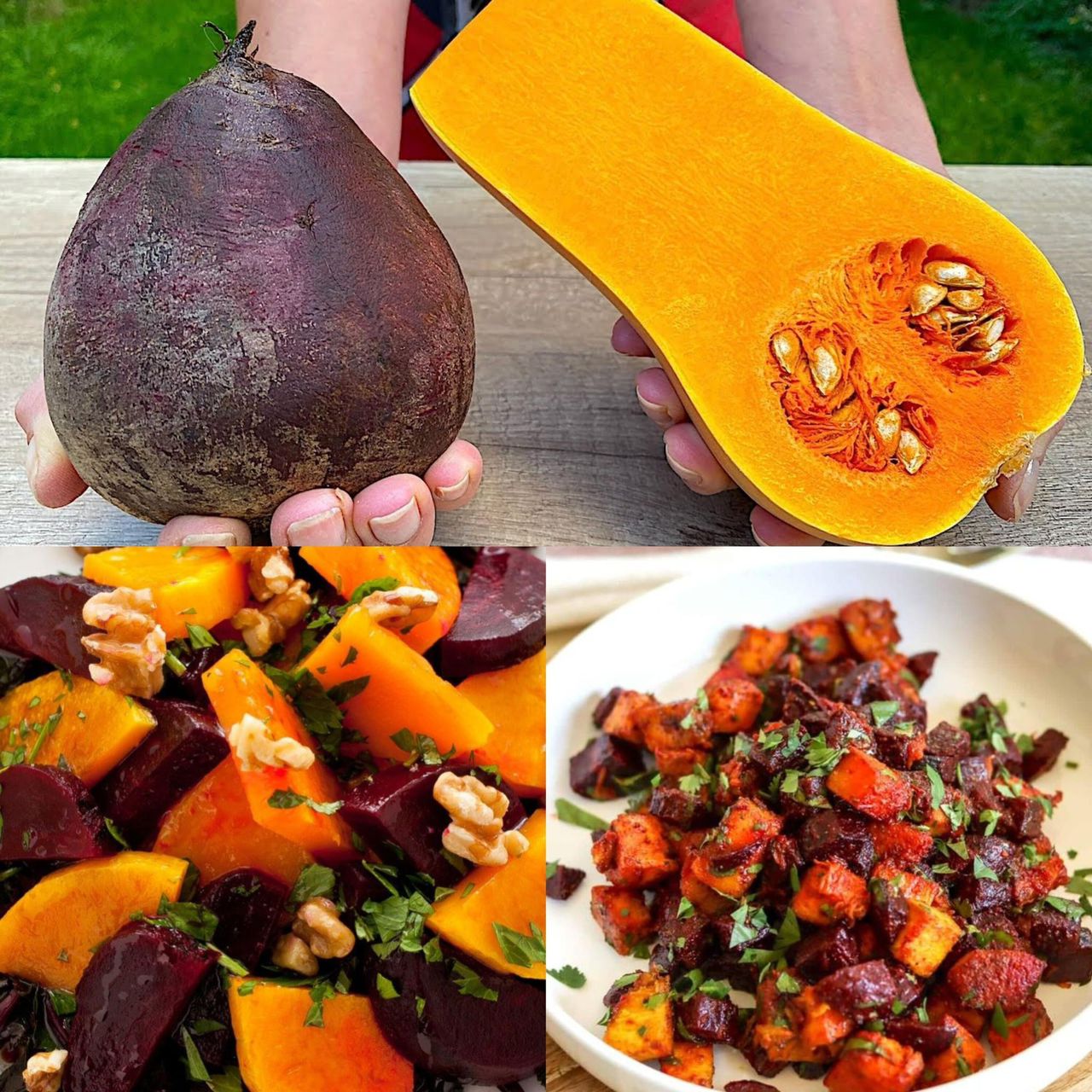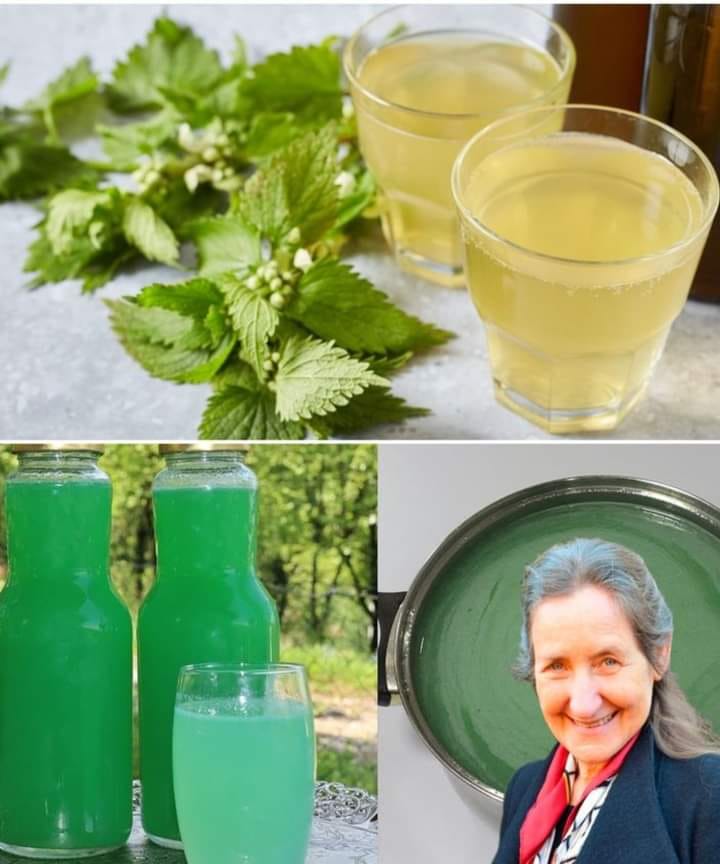Soap-making is an art, but many recipes involve the use of caustic soda (lye), which can be intimidating for beginners. If you’re looking for a gentler, more natural alternative, we’ve got you covered! This guide will teach you how to make a homemade soap using lemon, vinegar, and alcohol – a safe and effective recipe that skips the caustic soda entirely. 🌿
This eco-friendly soap is perfect for cleaning your skin, hands, and even surfaces around your home. Packed with the natural cleansing power of lemon and vinegar, it’s antibacterial, refreshing, and leaves a mild, invigorating scent. Let’s dive into the process!
Why Make Soap Without Caustic Soda?
1. Safety First
Caustic soda is effective in traditional soap-making, but it can be hazardous if mishandled. This recipe eliminates the need for harsh chemicals, making it safer for beginners and families.
2. Eco-Friendly and Gentle
Our ingredients are natural and biodegradable, which means they’re kind to your skin and the environment.
3. Customizable
You can personalize your soap with additional ingredients like essential oils, dried herbs, or different citrus fruits to suit your preferences.
Ingredients
To make your homemade lemon, vinegar, and alcohol soap, you’ll need:
Base Ingredients:
- 1 cup of grated glycerin soap base (available in craft or natural stores)
- 1 tablespoon of lemon juice (freshly squeezed for maximum potency)
- 1 tablespoon of white vinegar (a natural cleaning and softening agent)
- 2 tablespoons of rubbing alcohol (isopropyl) (acts as a disinfectant and hardener)
- 1 tablespoon of coconut oil (for moisturizing properties)
Optional Add-ons:
- 1 teaspoon of lemon zest (for an exfoliating touch)
- 5–10 drops of essential oil (e.g., lemon, tea tree, or lavender for extra fragrance)
- Dried herbs or flowers (e.g., chamomile or calendula for a decorative and calming effect)
Tools Needed:
- A small saucepan
- A mixing spoon
- A heatproof bowl
- Soap molds (silicone molds work best for easy removal)
Step-by-Step Instructions
Step 1: Prepare Your Workspace
Set up your materials in a clean, ventilated area. Line your soap molds with parchment paper or lightly grease them with coconut oil to ensure easy removal later.
Step 2: Melt the Glycerin Base
- Grate the glycerin soap base if it’s not already in small chunks.
- Use a double boiler method: Place the glycerin in a heatproof bowl over a saucepan with simmering water. Stir gently until the base is completely melted and smooth.
- Avoid boiling the glycerin to preserve its texture and properties.
Step 3: Add the Key Ingredients
- Lemon Juice: Once the glycerin is melted, add the freshly squeezed lemon juice. This adds a natural antibacterial element and a refreshing scent.
- Vinegar: Stir in the white vinegar. It enhances the cleaning power of the soap and ensures a silky texture.
- Alcohol: Slowly pour in the rubbing alcohol while stirring. This helps to solidify the soap and acts as a disinfectant.
- Coconut Oil: Add a tablespoon of coconut oil for extra moisture and a creamy lather.
Step 4: Customize Your Soap
- Add a teaspoon of lemon zest for a natural exfoliant and an additional burst of citrus aroma.
- If desired, include a few drops of essential oil or sprinkle dried herbs into the mixture for a personal touch.
Step 5: Pour into Molds
- Carefully pour the soap mixture into your prepared molds.
- Tap the molds gently on the counter to release any air bubbles and ensure a smooth surface.
Step 6: Let It Set
Allow the soap to cool and harden at room temperature for 3–4 hours. For best results, leave it overnight.
Step 7: Unmold and Cure
Once the soap has hardened, gently remove it from the molds. Your soap is ready to use immediately, but letting it cure for a few days can enhance its durability and texture.
How to Use Your Soap
This homemade soap is versatile and can be used for:
- Handwashing: Its antibacterial properties make it a perfect choice for daily use.
- Body Wash: Gentle on the skin, it cleanses without stripping natural oils.
- Household Cleaning: Use it to wipe down surfaces or clean dishes for a chemical-free alternative.
Tips for Success
- Consistency is Key: If the soap mixture is too thick, add a small amount of melted glycerin to adjust.
- Storage: Store your soap bars in a cool, dry place. Keep them away from direct sunlight to prevent melting or discoloration.
- Labeling: If you’re making multiple batches, label your soaps, especially if you’ve used different essential oils or herbs.
Benefits of Lemon, Vinegar, and Alcohol Soap
- Lemon’s Magic 🍋
Lemon juice is a natural antiseptic that helps fight bacteria, brighten the skin, and add a zesty fragrance. - Vinegar’s Versatility
Vinegar cuts through grease and grime, making it an excellent cleaning agent for both skin and surfaces. - Alcohol’s Efficiency
Rubbing alcohol ensures your soap is effective against germs while helping it dry quickly.
Why You’ll Love This Soap
- All-Natural Goodness: No harsh chemicals mean it’s gentle on sensitive skin.
- Easy to Make: The process is straightforward and fun – perfect for DIY enthusiasts.
- Budget-Friendly: Most of the ingredients are affordable and readily available.
- Eco-Conscious: You’re reducing waste and avoiding harmful additives found in commercial soaps.
Variations to Try
- Citrus Bliss: Replace lemon juice with orange or grapefruit juice for a sweeter scent.
- Herbal Calm: Infuse the soap with dried lavender or chamomile for a relaxing bar.
- Zesty Scrub: Add poppy seeds or coffee grounds for an exfoliating soap.
Final Thoughts
Homemade lemon, vinegar, and alcohol soap is a fantastic project for anyone looking to craft an eco-friendly, chemical-free soap. Its cleansing power, natural fragrance, and moisturizing properties make it a must-have in your home. Once you’ve tried this recipe, you’ll never go back to store-bought soap again! 😊
So, gather your ingredients and get started today. Don’t forget to share this recipe with friends and family – everyone deserves the joy of natural soap! 💛



